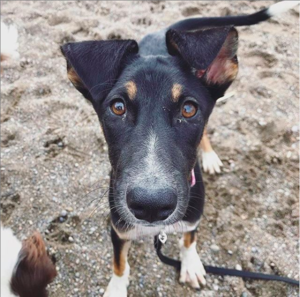"We’ve all heard the term fight or flight. But what does that mean when we’re talking about our pets? Failure to understand this instinct can make pet owners feel helpless when their dog experiences stress. Fight or flight is a survival instinct, humans have it, dogs have it. On a physiological level, the body reacts to stress, hormones are released that cause the heart rate to increase, blood pressure increases, pupils dilate and several other physical changes happen to make the dog ready to run for its life or, fight for it. It’s important to understand how to identify if your dog is experiencing these levels of stress because if we don’t react appropriately, or if we have unfair expectations, we can inadvertently put our dogs in danger. Its important to understand that anything that causes stress to your dog, can trigger this response. All dogs have a threshold for how much stress they can handle and if we don’t effectively manage the situations our dogs are in, we can easily overwhelm them. First and foremost, know your dog, pay attention, advocate for them. This can mean telling strangers they cannot pet your dog, this can mean avoiding on leash interactions with strange dogs, this can mean that we don’t bring our dog to a family dinner so everyone can meet them, sometimes it means we walk a different route because of road work and heavy machinery. Understanding what your dog finds stressful is the 1st step in avoiding potential disaster. We need to understand what’s happening and how to deal with it when it does. When a dog experiences high levels of stress they often try to bolt, they may try to escape their collar or harness, hide in a corner, sometimes they become vocal and shriek, tuck their tail, shake, urinate, defecate. Logic dictates that if we want to improve our dog's association with stressors, we should create a positive association right? Well, unfortunately when a dog has reached that level of stress, they will not accept rewards. Tasty treats, human affection, toys, baby talk. In your dog's mind, their life is at risk, and none of those things can change that. We need to remove the stressor, or we need to remove the dog from the situation. The dog needs to metabolize their hormones and allow their body to go back to normal functioning before we can ask them to accept rewards or listen to our commands. It’s also important to understand that in this state of mind, calling their name often results in an increased flight response. Dogs rarely recognize their family in their panicked state.
It is recommended that you work with a professional if you wish to work on your dog's stress response because we don’t want to overwhelm the dog or cause a worsened reaction. But there’s still a lot you can do to prevent things from getting worse and to keep your dog safe. If you have an insecure dog, or even if you don’t, a properly fitted martingale collar is one of the most effective ways to prevent a dog from bolting under sudden stress. Face harnesses, body harnesses and flat collars can be slipped off the dog if they pull out backwards. If you don’t know how your dog will do in a particular situation, take extra precautions or leave your dog at home".

